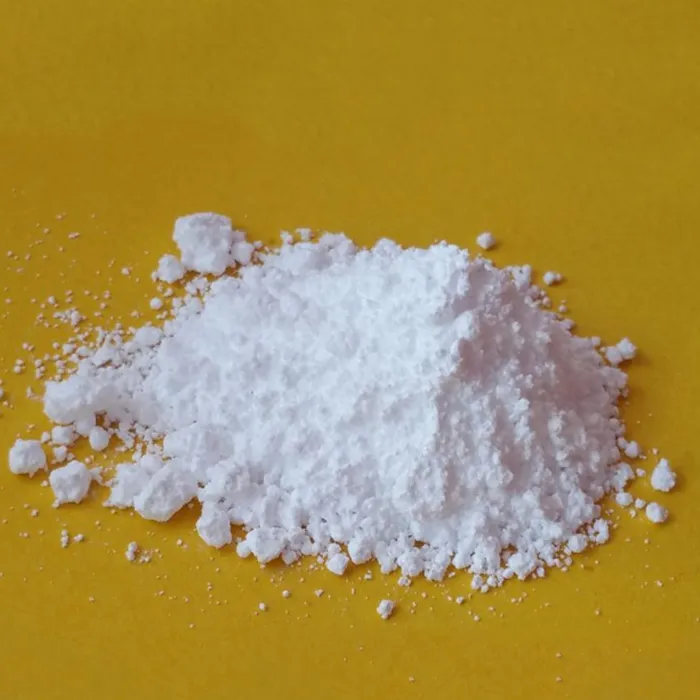Sodium Sulphocyanide An Overview of Its Properties and Applications
Sodium sulphocyanide, commonly known as sodium thiocyanate, is an important chemical compound with the formula NaSCN. This white, crystalline substance has gained significant attention due to its diverse applications across various industries. Understanding its properties, uses, and safety measures is crucial for anyone working with this compound.
Chemical Properties
Sodium sulphocyanide is composed of sodium ions (Na⁺) and thiocyanate ions (SCN⁻). It is highly soluble in water, forming a clear, colorless solution. The compound exhibits a slightly bitter taste and is hygroscopic, absorbing moisture from the air. With a melting point of 286 degrees Celsius, sodium sulphocyanide can be thermally stable, which makes it suitable for various applications that require heat resistance.
One of the notable properties of sodium sulphocyanide is its ability to form complexes with various metal ions. This characteristic makes it valuable in chemical analysis and extraction processes, particularly in the fields of metallurgy and mining. Additionally, sodium thiocyanate can undergo hydrolysis in the presence of water to produce thiocyanic acid, which can further react to form other useful chemicals.
Industrial Applications
Sodium sulphocyanide is extensively used in different industries, primarily due to its versatile chemical nature. One of its primary applications is in the textile industry, where it is utilized as a dyeing agent. The compound effectively binds to fibers, enhancing color fixation and ensuring vibrant, long-lasting hues in fabrics.
sodium sulphocyanide

Moreover, sodium thiocyanate plays a significant role in the production of various chemicals. It serves as a precursor in the synthesis of chemicals like cyanides, which find applications in electroplating, the production of fertilizers, and the manufacturing of pharmaceuticals. The compound also functions as a stabilizer in the formulation of certain pesticides, ensuring that active ingredients remain effective.
In the agriculture sector, sodium sulphocyanide is used as a herbicide and soil fumigant
. Its ability to control unwanted weeds and pests makes it an essential component in modern agricultural practices. It helps improve crop yields while minimizing the use of more toxic chemical alternatives.Safety Considerations
While sodium sulphocyanide has numerous applications, it is essential to handle this compound with care. Sodium thiocyanate can be toxic if ingested, inhaled, or absorbed through the skin. Prolonged exposure can lead to serious health issues, including respiratory problems and skin irritations. Therefore, it is crucial to use appropriate personal protective equipment (PPE) when working with this chemical, including gloves, goggles, and masks.
In industrial settings, safety data sheets (SDS) should always be consulted before use, and appropriate measures should be taken to prevent accidental exposure. Proper storage conditions should also be maintained to ensure the stability and safety of sodium sulphocyanide.
Conclusion
Sodium sulphocyanide is a versatile chemical compound with a wide range of applications in various industries, from textiles to agriculture. Its unique properties and ability to form complexes contribute to its effectiveness in multiple processes. However, awareness regarding safety precautions is essential to mitigate risks associated with its use. As industries continue to innovate, the demand for sodium thiocyanate is expected to grow, highlighting the importance of this compound in modern chemical applications.

